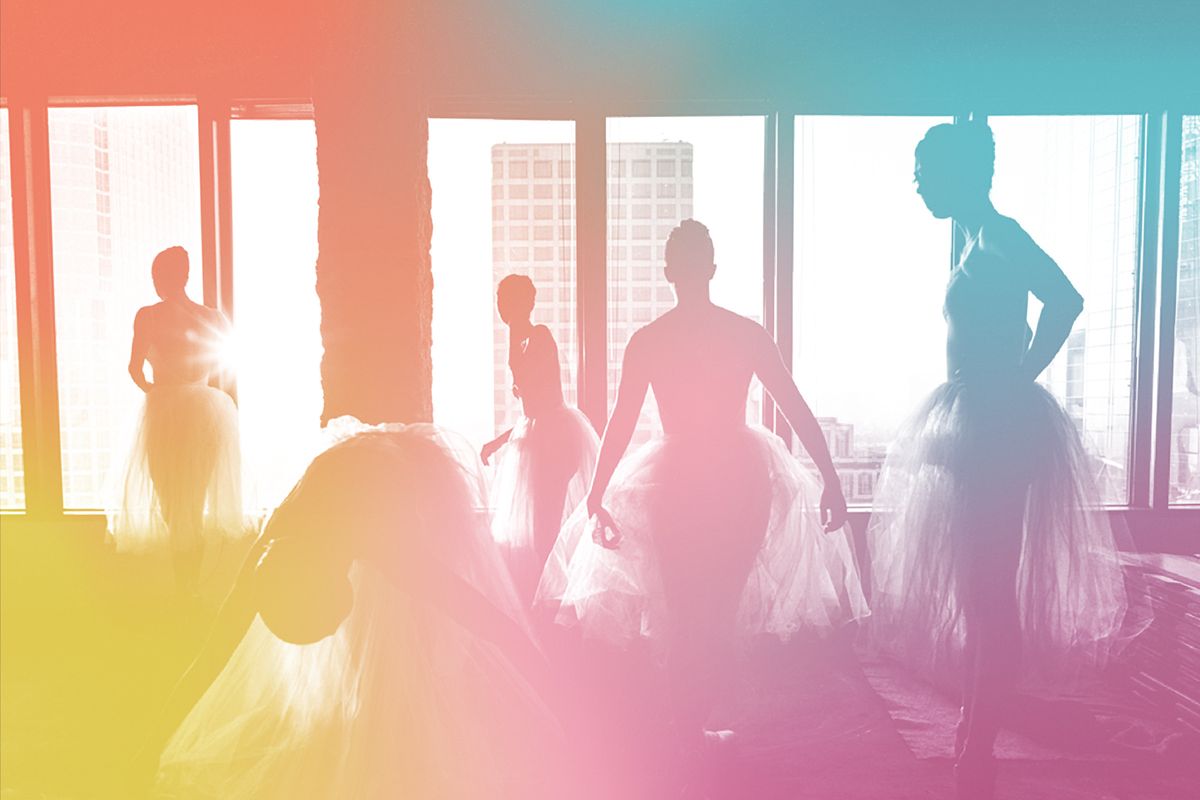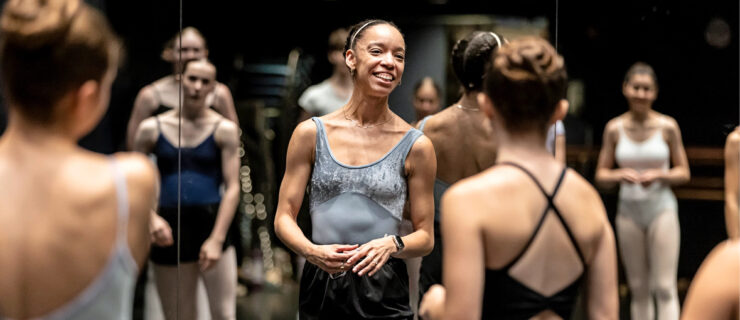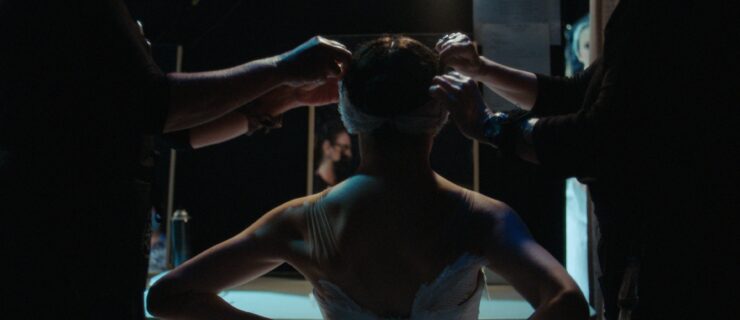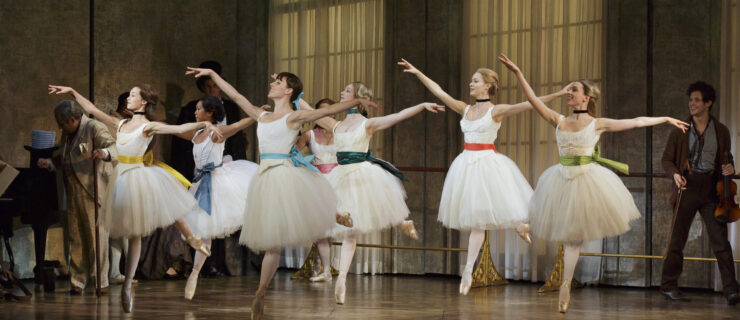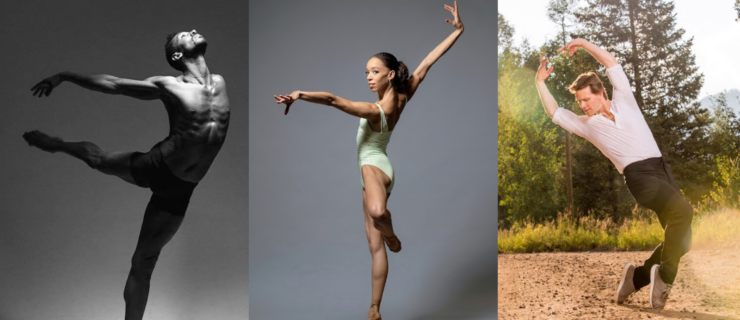Lincoln Jones on the Remarkable Research Process Behind His Newest Work for American Contemporary Ballet
Creating new work is a staple for American Contemporary Ballet founder and artistic director Lincoln Jones. For the Los Angeles-based company’s Summer Premieres program, August 2-12, Jones created two pieces “in absolute contrast to each other.” The longer of the two, titled Transfigured Night, is set to Austrian-American composer Arnold Shoenberg’s 1899 masterpiece Verklärte Nacht. We caught up with Jones to hear about the very personal research that went into his new ballet.
What’s on deck for this summer’s annual premieres program?
I’m making two ballets, one quite long and one very short. The program will open with Candide Overture, which is the overture to Leonard Bernstein’s Candide. The second piece will be Transfigured Night. I started with the Shoenberg, which is this 30-minute, very beautiful piece about the inward lives of two lovers. I thought that the Bernstein would be interesting in absolute contrast to that. It’s super extroverted and has all of these ebullient rhythms. I wanted to do something for the Bernstein centennial.
What drew you to the Schoenberg score?
It’s really a remarkable piece. Shoenberg is mostly known for his 12-note system, and some people say he’s the man who destroyed music. He created music that was quintessentially modern and hard for a lot of people to listen to. At the premiere of Verklärte Nacht in 1899 there were fist fights in the audience because of how far he was stretching harmony at the time, but to our ears today it brings the dancers to tears just listening to it, because it’s so beautiful.
Y
ou ended up connecting with Shoenberg’s sons. How did that come to be?
When I first got to to L.A. I choreographed to a Shoenberg piece and put the video online because I was submitting it for something. Later on I was looking for some different Shoenberg pieces and was referred from Vienna to his publisher, who I found out actually lives here in L.A., in the Palisades. I went to the publisher’s website, and realized that my video was already up there. They must have found it online. Years later, my friend Hilary Hahn, the violinist, was in touch with the publisher, and that’s how I found out that Shoenberg had lived in L.A. But at the time I didn’t realize that his home still existed or that one of his sons still lives there. For this project I reached out and said that I was using the Verklärte Nacht score. His sons ended up giving me a tour of the home, and we ended up sitting and talking for three hours.
How did that conversation influence your ballet?
I don’t know if it consciously impacted the work, but I can say this; the Verklärte Nacht music is a piece of such deep feeling, and I knew that Shoenberg was this massive personage of modern music. But it really humanized him to hear stories about his youth in Vienna, and to hear the kinds of allegorical bedtime stories that he told his children in their own voices.
The Richard Dehmel poem of the same name that Shoenberg used as his basis for the piece had a big impact on what I did structurally and tonally. I think that dance obviously speaks in a very different way than poetry does; it’s not an attempt to literally tell a story, but it certainly influenced me.
Can you describe what the work will look like?
Transfigured Night
has ten corps dancers and one lead couple. In the Dehmel poem, nature is used to reflect both the inner states of the protagonists and their external environments, and the harmony between the two. Shoenberg’s music is divided right down the middle. In the poem, the first part is concerned with the woman’s inner anguish, and then the second part the man expresses his love for her and calms her fears. I ended up with a ballet that was also divided down the middle: The first part of the piece is an extended solo for the lead female in which the corps dancers function as both external environment and also as a Greek chorus for her inner state. The second half is an extended pas de deux, with the corps sometimes onstage. The man is onstage for the first half, but he doesn’t move except for his entrance.
